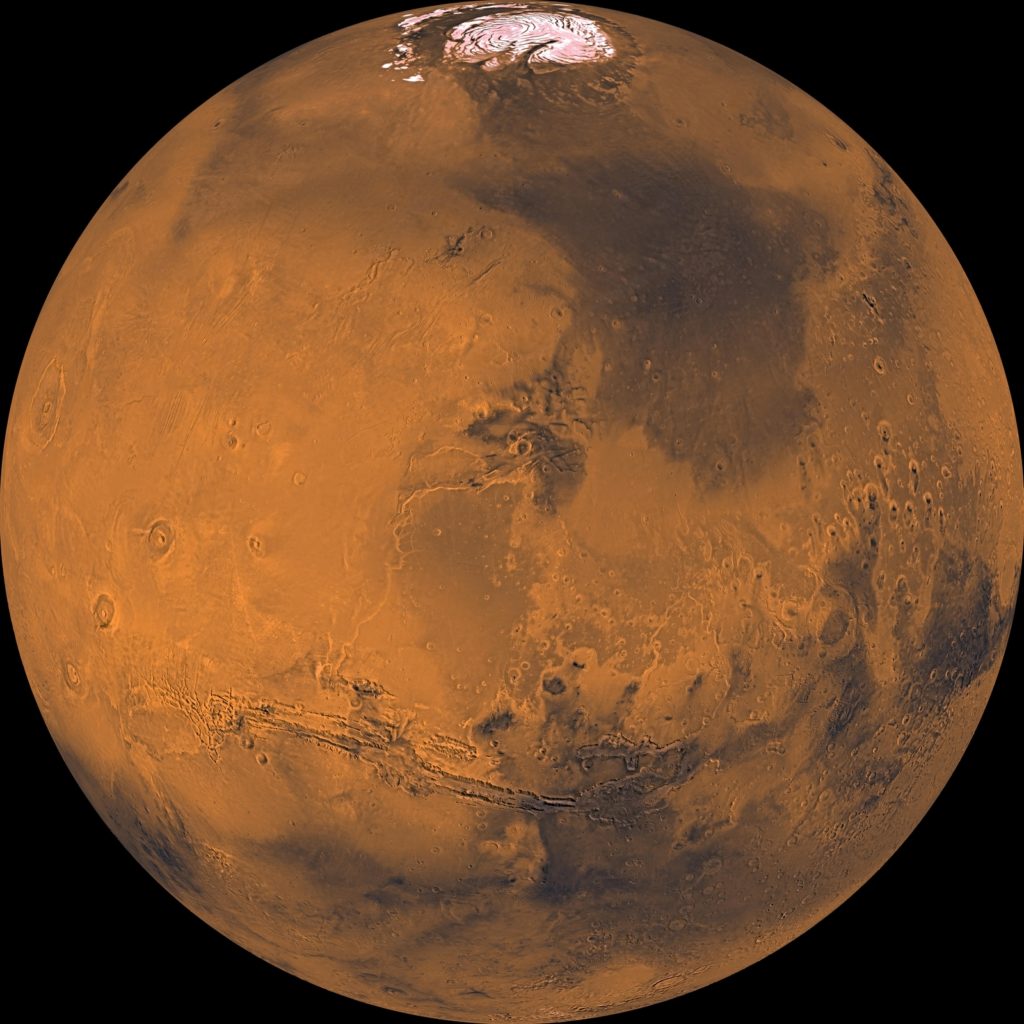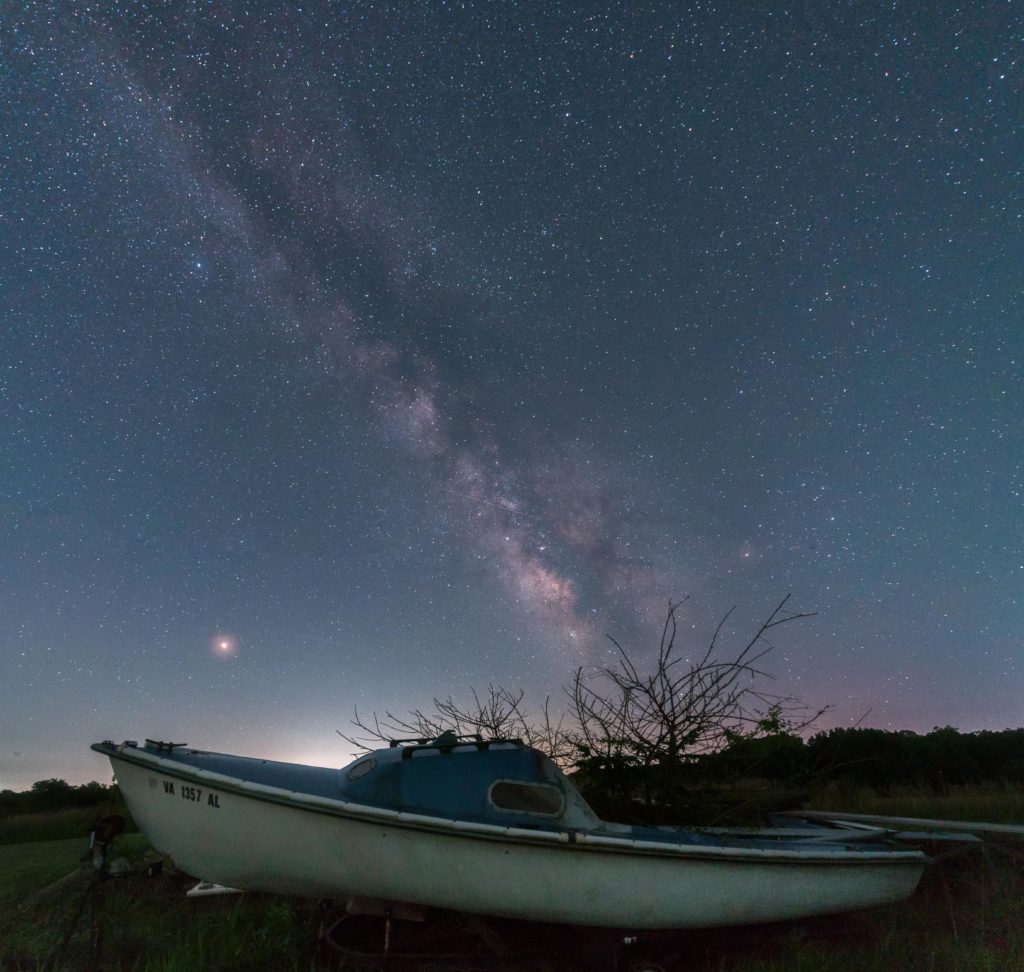
“All things lovely will have an ending”, wrote author Conrad Aiken, and the end is coming soon for the venerable Yerkes Observatory on Lake Geneva in the pleasant resort village of Williams Bay, Wisconsin. The University of Chicago, which operates the observatory, announced earlier this year that Yerkes will close on October 1, 2018, and all public tours and scientific and educational activities will cease after more than 120 years of operations [Read more…] about A Requiem for Yerkes Observatory
Share This:


